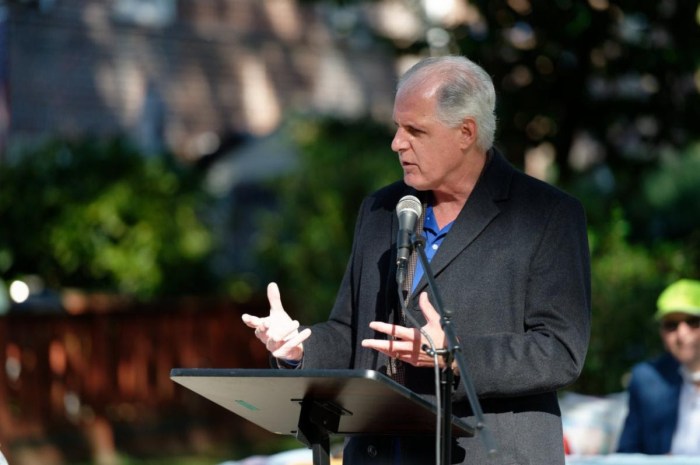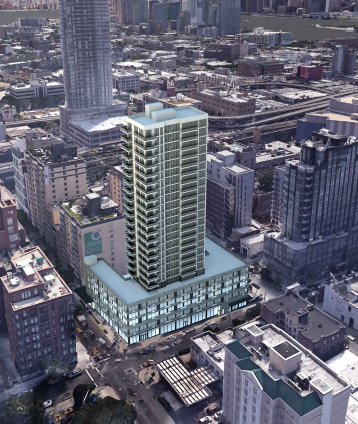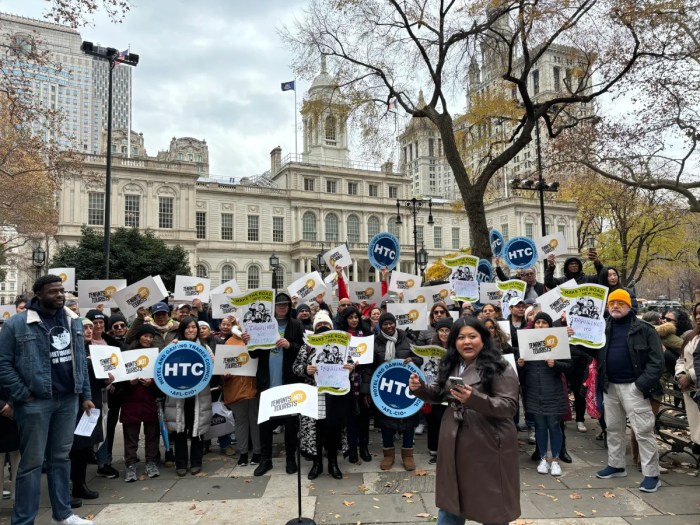By Mark Hallum
The legacy of Frank Skala is still a powerful force in Bayside despite his death in August 2015.
As a teacher of 33 years and the founder of the East Bayside Homeowner’s Association, Skala had a reputation as an outspoken defender of the neighborhood’s conscience. Protecting the value of Bayside homes was at the forefront of his activism, a voice which his daughter, Bonnie Skala Kiladitis, is keeping alive.
“Bayside is my home and I’d like to preserve it like my dad wanted,” she told the TimesLedger.
She has no intention of selling the house where her father lived on 40th Avenue for seven decades, and the signs out front reinforce her belief that certain aspects of the neighborhood need to be preserved.
Five signs outside the Skalas’ brick house warn: “Buyers & Prospective Redners: Be Aware that the Home Owners Association Will Legally Enforce One Family zoning and Single Family occupancy.” Signed: East Bayside Homeowners Assoc. Inc.
The signs are directed at the house just across the street formerly owned by federal Judge Nicholas Garaufis and now under major renovation by a new owner. The top floor has been taken off and the inside is entirely gutted, a disconcerting sight to homeowners in the area.
The signs were left over from when Skala was still with us.
His daughter understands that neighborhoods evolve and that identities tend to shift, but she insisted that the most important thing to her is to keep Bayside a good area to live and raise a family away from the population density of the city.
“It’s a shame when old houses are knocked down,” she said, referring to the large white house formerly inhabited by Garaufis. “Not only was the house very old, it was beautiful.”
The stately home was purchased for $1.5 million by a real estate agent who identified herself as Lisa and said it will be occupied only by her family.
“There’s a lot of new construction in Bayside. I don’t why there’s concern over our house,” she said, referring to other projects in her neighborhood.
The new owner felt lucky to have acquired the home since her family had been looking to relocate from New Jersey for quite some time. The property has been divided, but she said there are no plans as to whether the land will be used to build a new structure, sold or kept for family use. She said any apprehension about her intentions is misplaced.
But there is still concern over the historical value of the house itself.
Paul Graziano is the treasurer of the Bayside Historical Society, an activist and historical preservation consultant. According to the building permit and Graziano, the construction at the property was granted an ALT-1 permit by the city Department of Buildings. Under this permit, any alterations to the building must retain 50 percent or more of the original structure. The approved zoning plan and diagram only show that the front of the building has been approved for add-ons. However, the entire house, which was three stories, is now reduced to the ground level.
Graziano said the extent of the work on the house is a classic example of architects self-certifying their work, and a systemic lack of oversight on behalf of the DOB.
“Significance of the house is the significance of the entire neighborhood,” he said.
The house had a distict historic value.
The property is part of what was known as the Lawrence Estate, and the house is believed to have been just one residence of the family who owned much of what is now Lawrence Manor until a century ago. This would date the building to 1890 at the earliest.
The neighborhood was placed on the National and State Register of Historic Places after Graziano submitted a petition a decade ago, but this designation does not offer any protections against demolitions or alterations to any sites.
Reach reporter Mark Hallum by e-mail at mhall



































